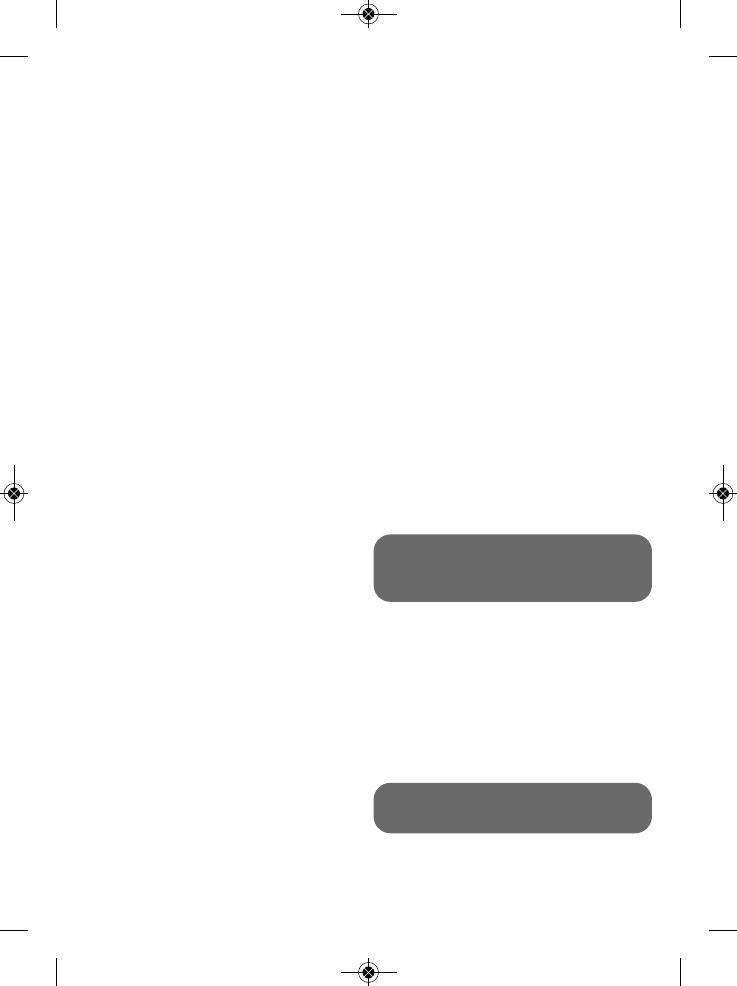
44
DESCRIPTION
1.
Handle of the iron
2.
Steam control button
3.
Thermostat to set the temperature of the
soleplate
4.
Iron rest
5.
Steam cord
6.
Thermostat light
7.
Electric cord
8.
Boiler cap
9.
Boiler (inside the base-unit)
10.
Control panel
a. Illuminated on/off switch
b. Steam ready indicator light
c. Steam flow adjustment dial (according
to model)
PREPARATION
Water recommendations
• Tap water : Rowenta irons are designed to
be used with UNTREATED TAP WATER. If your
water is very hard, Rowenta recommends
mixing half untreated tap water with half distilled
water which reduces the hardness.
• Softened water :
There are many types of
household water softeners and the water
from many of them is perfectly acceptable
for use in the steam generator.
However, some types of softeners, particularly
those that use chemicals such as salt, can cause
the appliance to leak or spit during use, this is
notably the case with filtering jugs. Therefore we
would not recommend using this type of water.
If you experience this type of problem, we re-
commend that you try using untreated tap water
or store-bought distilled water which can be
mixed 50% distilled with 50% untreated tap
water. Once you have changed water it will take
several uses to correct the problem. Rowenta re-
commends trying the steam function for the first
time on an old towel or cloth that can be discar-
ded to avoid potentially damaging your clothes.
• Always remember : Heat concentrates the
elements in water during evaporation. The types
of water listed below may contain organic waste,
mineral or chemical elements that that can cause
spitting, brown staining or premature wear of
the appliance: water from clothes dryers, scen-
ted or softened water, water from refrigerators,
batteries, air conditioners, rain water, boiled, fil-
tered or bottled water. These types of water
should not be used in your ROWENTA iron.
Filling the boiler
• Place your steam generator on a flat, stable,
heat-resistant surface.
• Check that your appliance is unplugged and
cold.
• Unscrew the boiler cap.
• Using a water jug, fill with maximum 1 litre of
water. Fill the boiler, taking care that the water
does not spill over (A). If this occurs, remove
the excess water.
• Replace the boiler cap, screwing on firmly, but
not over tight.
Starting the generator
• Unwind the electric cord completely and take
the steam cord out of its housing.
• Connect your generator to an earthed socket.
• Press the on/off luminous switch. It comes on
and the boiler heats up.
• After about 8 minutes or when the steam
ready light turns off, the steam is ready.
• During ironing the iron’s thermostat light and
the steam indicator (according to model) will
go on and off according to the temperature
control.
The first time the appliance is used, there
may be some fumes and smell but this is
not harmful. They will not affect use and
will disappear rapidly.
USE
Steam ironing
• Set the iron temperature adjustment dial and
the steam flow adjustment dial (according to
model) to the type of fabric to be ironed (see
table below).
• The thermostat light comes on.
• To obtain steam, press on the steam control
button on the iron handle (B).
• The steam will stop when you release the button.
The generator and the iron are ready to
iron when the steam ready indicator light
and the iron indicator light are off.
• Start with the fabrics to be ironed at a low
temperature and finish with those which need
higher temperatures (••• or Max).
• To prime the steam circuit, either before using
00H&175






